Today’s Theme: Sustainable Furniture Cleaning Methods
Chosen theme: Sustainable Furniture Cleaning Methods. Keep every piece in your home sparkling and safe with planet-friendly routines, smart ingredients, and mindful habits. Subscribe for weekly eco-cleaning tips, reader stories, and research-backed guidance that helps you care for furniture without harming your indoor air—or the Earth.
Avoid chlorine bleach, ammonia, quats, and heavy solvents that can off-gas and harm finishes. Embrace distilled water, mild castile soap, plant-based surfactants, baking soda, citric acid, and hydrogen peroxide where appropriate. These options clean effectively while being gentler on wood, fabrics, leather, and your lungs. Share your favorite green staples in the comments to help others build a safer kit.
Start with Principles: Why Sustainable Furniture Cleaning Matters
Sustainable Care for Wood Furniture
Mix 500 ml distilled water with 4–5 drops of castile soap in a reusable bottle. Lightly mist a cloth, never the surface, and wipe with the grain. Follow with a dry cloth to remove moisture. Avoid vinegar on shellac or delicate finishes. This simple routine supports longevity and a healthy sheen without harsh residues. What’s your go-to cloth weave for fewer streaks?
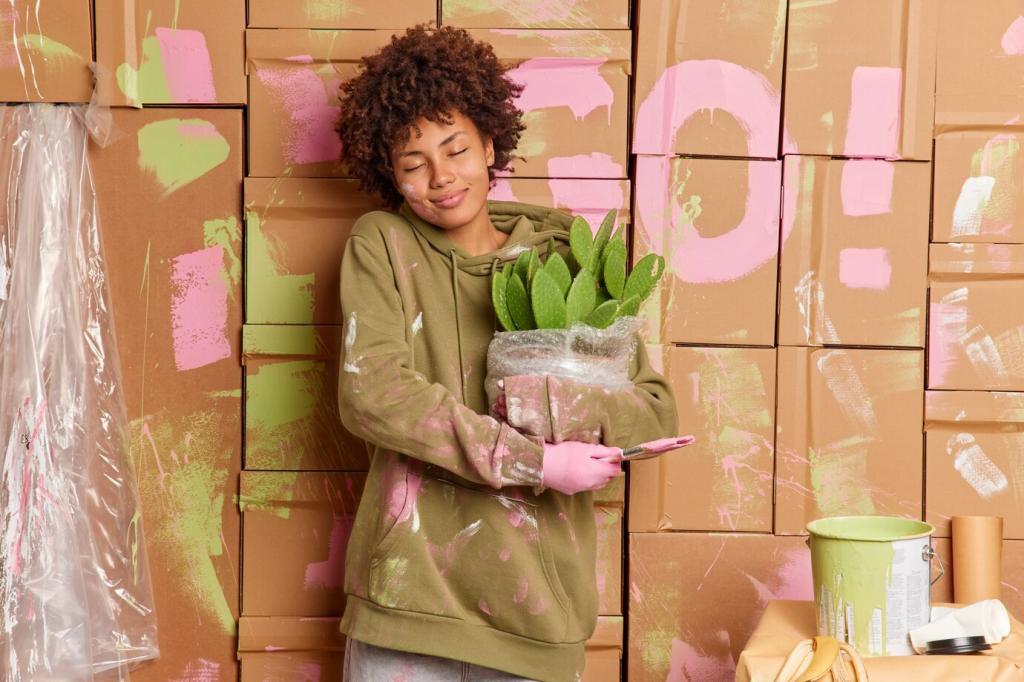
Sustainable Care for Wood Furniture
For unfinished or oil-finished wood, apply a whisper-thin coat of polymerizing plant oil like raw linseed or walnut oil, allowing for allergy considerations. Jojoba works for conditioning without heavy buildup. Let cure thoroughly, then buff. Store oily rags flat in water or a sealed metal container to prevent combustion. Sustainable care combines safety, beauty, and caution—tell us your favorite finish-friendly formulas.
Upholstery That Breathes: Fabric-Safe Green Methods
Natural Deodorizing with Baking Soda
Lightly sprinkle baking soda over cushions, seams, and under-seat panels. Let it sit for 45–60 minutes to absorb odors, then vacuum with a HEPA tool. Skip perfume-heavy sprays that mask smells and add VOCs. For delicate fabrics, test first and use a tea strainer for even distribution. What’s your favorite odor-neutralizing routine after guests or rainy days?
Smart Stain Triage for Fewer Mistakes
Identify the stain type before acting: protein (dairy), tannin (tea, wine), oil (butter), or dye. Blot—not rub—with cold water for protein, a gentle plant-based surfactant for oil, and oxygen-based brightener on colorfast light fabrics. Always spot test and work from edges inward. Thoughtful triage saves fabric, time, and unnecessary reupholstery. Share your best rescue and the method that worked.
Low-Water Steam for Refresh and Allergens
A handheld steamer can lift light soil and reduce dust mites using only water. Keep the steamer moving, avoid soaking, and ventilate afterward. Skip steam on heat-sensitive glue-backed velvets or fragile vintage textiles. This method reactivates fibers and revives loft without detergents. Curious about steam timings per fabric? Comment which materials you own, and we’ll publish a tailored guide.
Leather and Faux Leather, Gently
Mix distilled water with a tiny drop of castile soap. Lightly dampen a cloth, wipe gently, and immediately dry with another cloth. Avoid straight vinegar or alcohol, which can strip finishes and create cracks. A neutral pH approach keeps leather calm and resilient. Have a vintage jacket draped over a chair? Tell us how you keep both pieces looking great sustainably.
Leather and Faux Leather, Gently
Blend jojoba oil with candelilla or beeswax for a light balm; use sparingly and buff to a soft glow. This breathable layer reduces drying without smothering pores. I revived an inherited reading chair using this balm, restoring comfort without a chemical fog. What leather tone do you love most, and which conditioners have kept it honest over the years?
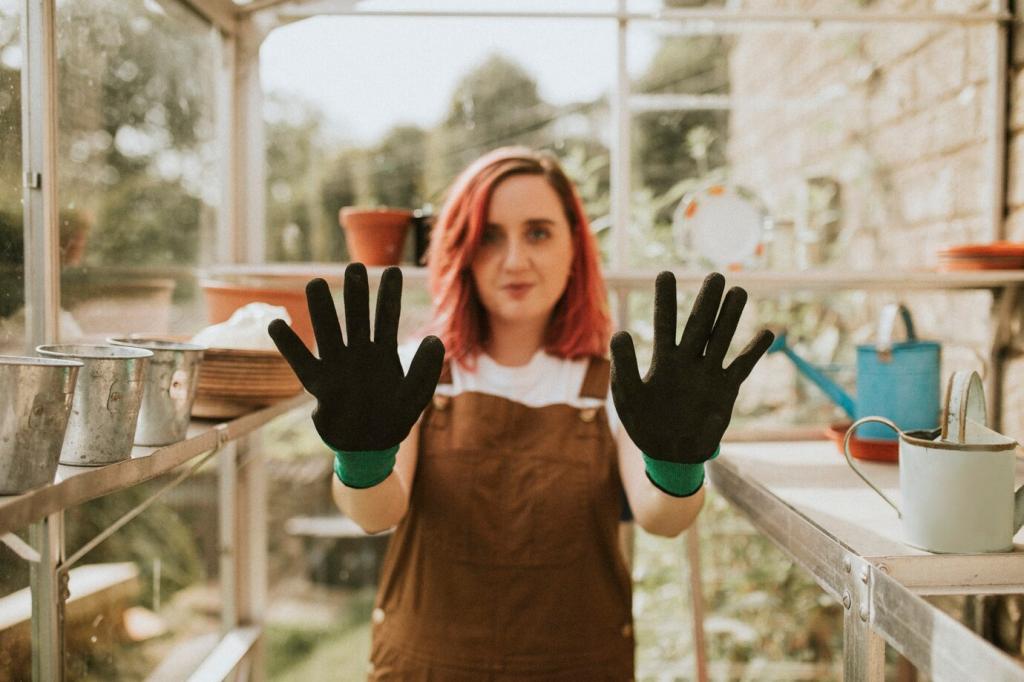
Metal, Stone, and Glass Accents the Eco Way
Lime and Rust, the Gentle Way
Use a lemon-and-salt paste on chrome and small rust spots, then rinse and dry thoroughly. Citric acid solutions also work wonders; avoid contact with marble or limestone. A soft brush made from recycled fibers minimizes scratches. Regular drying after cleaning prevents future buildup. What metal finish do you have, and which gentle routine has proven most reliable for you?
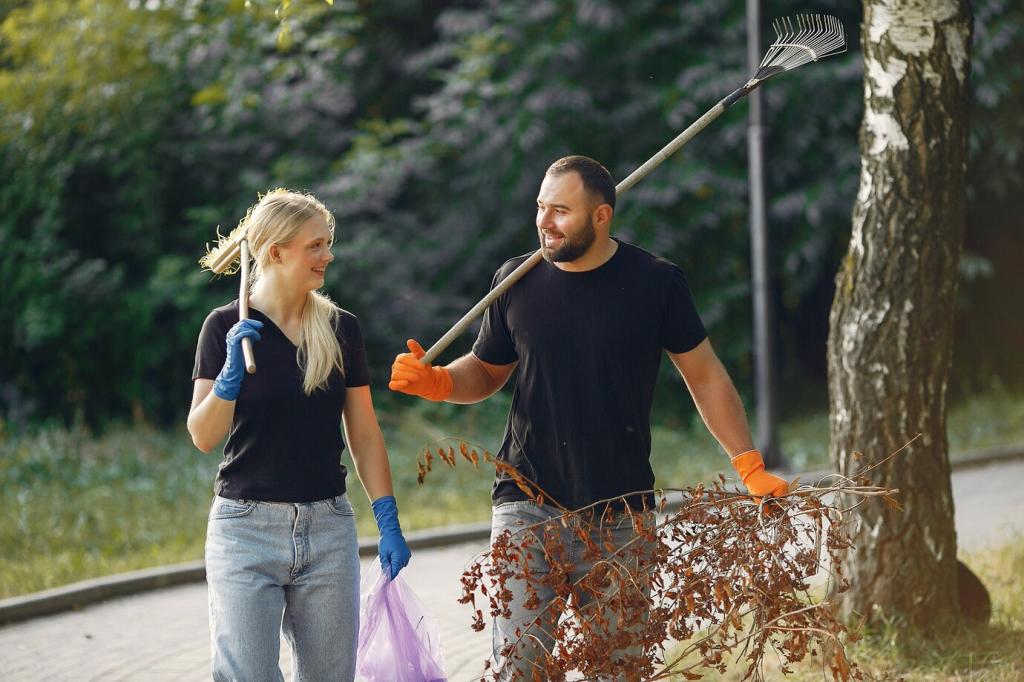
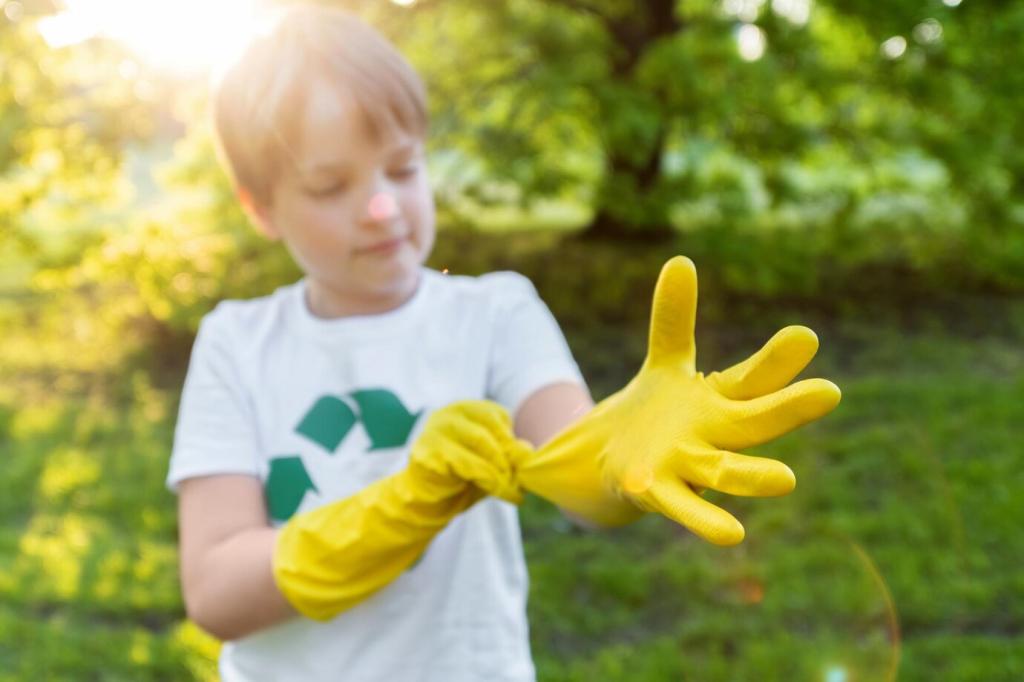
Streak-Free Glass Cleaner Formula
Combine 450 ml distilled water, 50 ml alcohol (ethanol or isopropyl), and a micro-drop of plant-based soap in a refillable bottle. Spray a cloth, not the surface, and buff with a lint-free towel. Avoid ammonia near lacquered wood. This simple mix dries fast, saves money, and slashes packaging waste. Tell us your favorite cloth material for a truly streak-free shine.
Cleaner Air, Calmer Home
HEPA Vacuuming for Dust and Allergens
Vacuum upholstery, crevices, and under furniture weekly with a HEPA-equipped machine. This captures fine particles that trigger sneezes and wear fabric prematurely. Slow passes, sealed bags, and clean filters matter. Pair with open windows when weather allows. Do you track what day your filter needs replacing? Share your schedule so we can build a community checklist.
Fragrance Without the Fog
Skip synthetic fragrances and aerosol fresheners. If scent matters, use very diluted essential oils on cleaning cloths, never directly on furniture, and always ensure good ventilation. Be mindful of pets and sensitivities. Neutral air lets wood, fabric, and leather speak naturally. What calming scent note—citrus, herb, or floral—helps you focus while you clean mindfully?
A Weekly Rhythm You’ll Keep
Design a 20-minute routine: dust, vacuum edges, spot treat, quick glass pass, and a final dry buff. Keep tools in one caddy to prevent decision fatigue. Habits beat heroics and save products. Want our printable planner and reminders? Subscribe today, and tell us which day your home feels most ready for a reset.

Swap, Repair, and Share Stories
Visit repair cafés, borrow steamers from tool libraries, and swap slipcovers with friends. Offcut fabric becomes coasters; loosened legs get a careful, non-toxic glue fix. Every saved piece reduces waste. What’s your proudest repair win? Post a before-and-after and spark someone else’s sustainable cleaning journey.
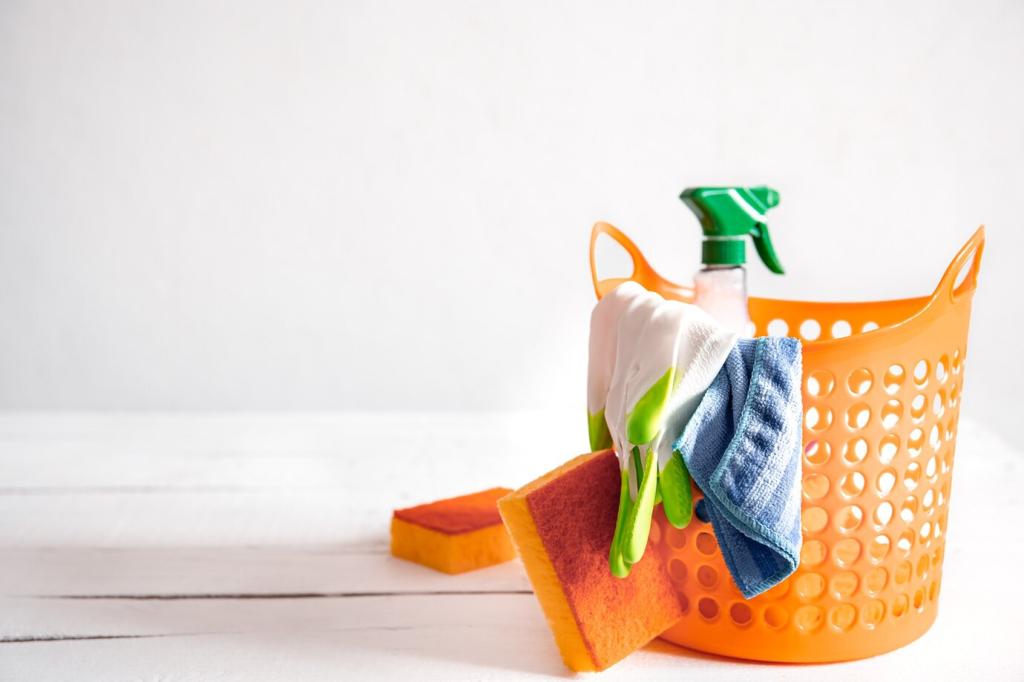
Find Refills and Local Makers
Map nearby refill stations for soap concentrates and alcohol, then bring your bottles. Support small makers crafting low-VOC formulas with transparent ingredient lists. Look for credible certifications and batch dates. Share your favorite refill shops so we can build a community resource that makes greener choices effortless.
